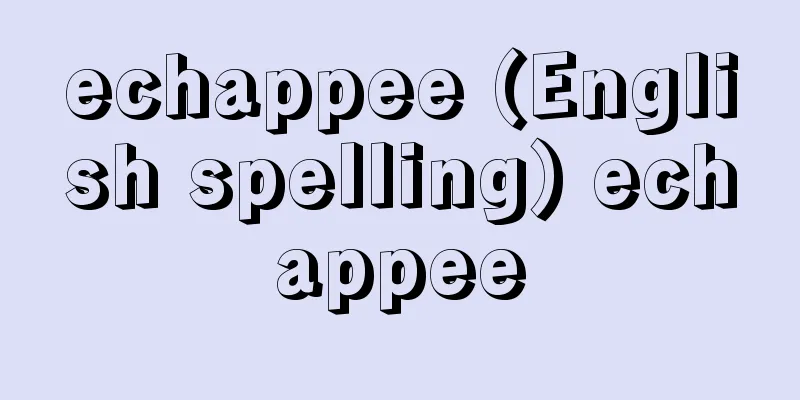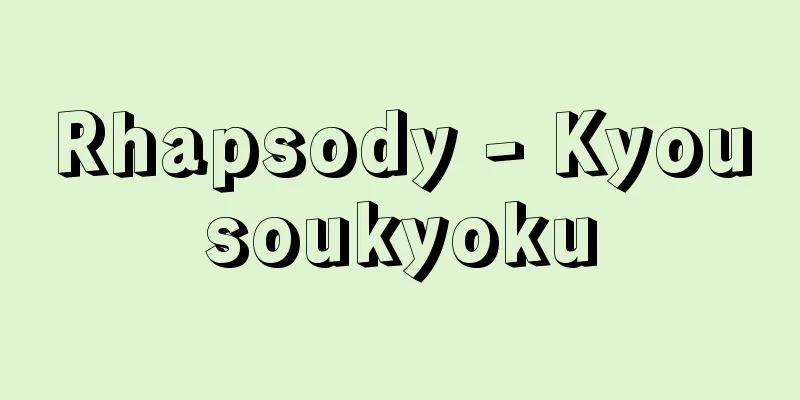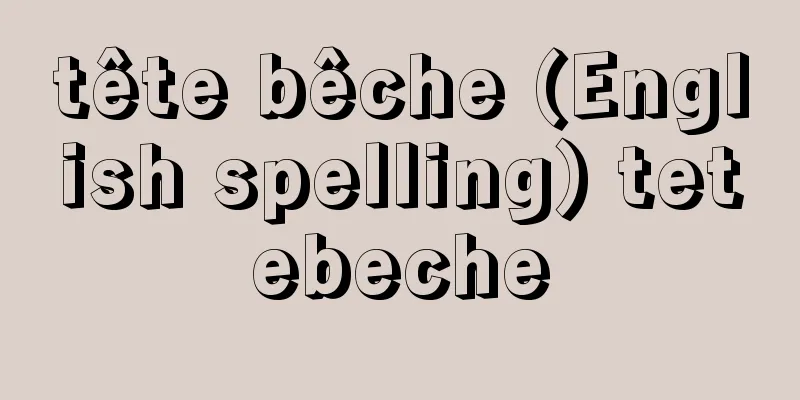The sower - The sower
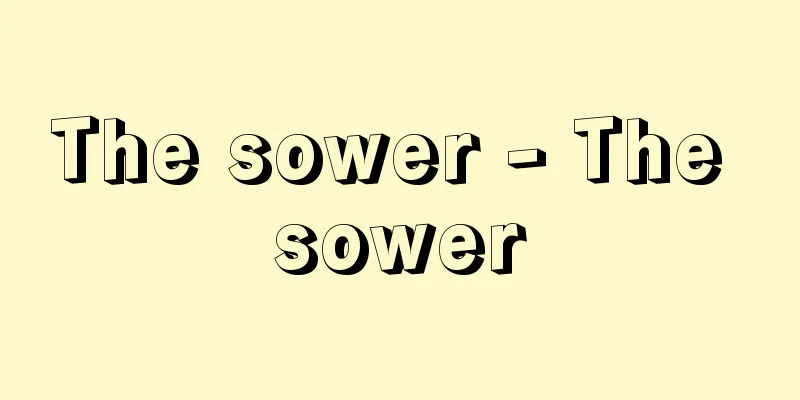
|
A literary magazine published by Tanemakisha. It was first published in February 1921 (Taisho 10) by Komaki Oumi, who had returned to Japan after participating in the anti-war movement led by French novelist Henri Barbusse, along with his friends Kaneko Yobun and Konno Kenzo (1893-1969), but ceased publication after the third issue (the first Tsuchizaki edition). They then welcomed Sasaki Takamaru (1898-1986), Muramatsu Masatoshi (1895-1981), and others into their circle, proclaiming that they would "protect the truth of the revolution," and launched the second Tokyo edition in October. The magazine published various special issues based on internationalism and anti-militarism, and also published critical essays that theorized the literary and artistic movement as part of the liberation movement. The publication's appearance marked a turning point in the establishment of proletarian literature as a movement. Publication ceased in October 1923 (second edition, 21 volumes in total) due to the Great Kanto Earthquake, but the final issue and a special edition entitled "Tanemaki-ki" (Record of the Sow of Seeds) marked a strong protest against the massacre of Koreans and socialists during the earthquake, bringing the magazine to a complete end. Reprints were published in 1961 and 1986. [Shoji Sobue] "The Sower, facsimile edition, edited by the Institute of Modern Japanese Literature (1961, Institute of Modern Japanese Literature, 1986, Holp Publishing)" ▽ "Konno Kenzo, Flower Dust Record: The Sower - The Diary of Konno Kenzo's Youth, edited by Sasaki Hisaharu (1982, Mumeisha Publishing)" ▽ "The Sower Biography, by Kaneko Hirofumi (1984, Labor University)" ▽ "The Dawn of 20th Century Literature - Before and After The Sower, by Sobue Shoji (1993, Shin Nihon Shuppansha)" ▽ "The Sower 70th Anniversary Commemorative Magazine, edited by the Editorial Committee for the 70th Anniversary of The Sower (1993, The Sower 70th Anniversary Commemorative Project Executive Committee)" ▽ "The Sower - The Youth of Komaki Omi, by Hojo Tsunehisa (1995, Chikuma Shobo)" ▽ "The Sower's Trend: Globalism and Literature of Peace" (1999, Bunjido Shoten) " "Anzai Ikuro and Lee Shu-kyung (eds.), "The Klarte Movement and the Sower: The Development of the Anti-War Literature Movement Klarte in Japan and Korea" (2000, Ochanomizu Shobo)" [References] | | | |Source: Shogakukan Encyclopedia Nipponica About Encyclopedia Nipponica Information | Legend |
|
文芸雑誌。種蒔き社発行。フランスの小説家アンリ・バルビュスの反戦運動に参加し帰国した小牧近江(おうみ)が友人金子洋文(ようぶん)、今野賢三(いまのけんぞう)(1893―1969)らと1921年(大正10)2月創刊、3号で休刊(第一次・土崎版)。ついで佐々木孝丸(たかまる)(1898―1986)、村松正俊(1895―1981)らを同人に迎え「革命の真理を擁護する」と宣言して、10月第二次・東京版を創刊。 国際主義と反軍国主義を基調にさまざまな特集号を組み、また文学芸術運動を解放運動の一翼と理論づける評論を掲載した。本誌の出現によりプロレタリア文学は運動として成立したという画期的意味をもつ。関東大震災により23年10月廃刊(第二次、通巻21冊)したが、終刊号と別冊『種蒔き記』により、震災時の朝鮮人、社会主義者への虐殺に強く抗議し、終わりを全うした。復刻版が、1961年(昭和36)と86年に刊行されている。 [祖父江昭二] 『日本近代文学研究所編『種蒔く人』複製版(1961・日本近代文学研究所、1986・ほるぷ出版)』▽『今野賢三著、佐々木久春編『花塵録 「種蒔く人」今野賢三青春日記』(1982・無明舎出版)』▽『金子洋文著『種蒔く人伝』(1984・労働大学)』▽『祖父江昭二著『20世紀文学の黎明期――「種蒔く人」前後』(1993・新日本出版社)』▽『「種蒔く人」七十年記念誌編集委員会編『「種蒔く人」七十年記念誌』(1993・「種蒔く人」七十年記念事業実行委員会)』▽『北条常久著『「種蒔く人」 小牧近江の青春』(1995・筑摩書房)』▽『『「種蒔く人」の潮流――世界主義・平和の文学』(1999・文治堂書店)』▽『安斎育郎・李修京編『クラルテ運動と「種蒔く人」――反戦文学運動「クラルテ」の日本と朝鮮での展開』(2000・御茶の水書房)』 [参照項目] | | | |出典 小学館 日本大百科全書(ニッポニカ)日本大百科全書(ニッポニカ)について 情報 | 凡例 |
Recommend
Kamameshi - Kamameshi
Originally, it meant that rice cooked in a pot wa...
bear's foot
...The plant is propagated by division or seedlin...
Kido Award
...Kido's theory was that the basis of a film...
intensive care unit
…It is an abbreviation of intensive care unit. It...
Caimanryu - Caimanryu
...The Japanese name is said to come from the fac...
Jitouke - Jitouke
This is a method whereby the lord of a manor entr...
Northern Italy urban problems - Kitatari Atoshimondai
…Official name: Italian RepublicRepubblica Italia...
Monad (English spelling)
German philosopher Leibniz's concept of substa...
Eclipse year - Shokunen (English spelling)
The period between the passage of the Sun through ...
Imisan Festival - Imisan Festival
...In Sado, although it differs from village to v...
Ichinohe [town] - Ichinohe
A town in Ninohe County in northern Iwate Prefectu...
Caste Panchayat
…It is a traditional self-governing body that has...
squid
…The character for kite is a Japanese character. ...
Emil Waldteufel
French composer. His real name was Charles Émile ...
Oshu Zaguri - Oshu Zaguri
...An advanced method of reeling raw silk from a ...
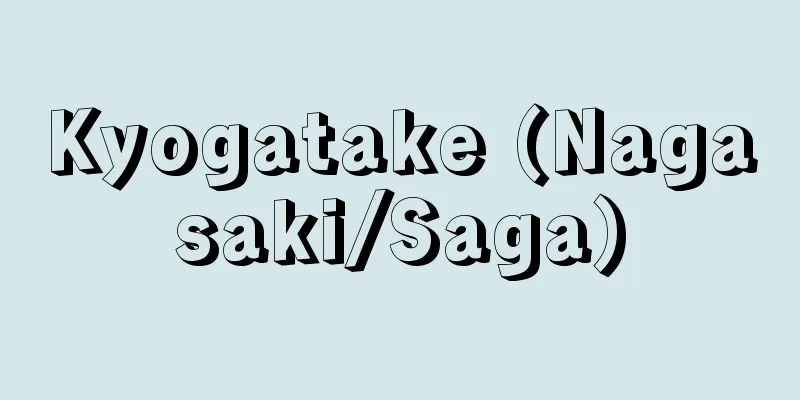
![Jumonji [town] - Jumonji](/upload/images/67cbd463b5547.webp)




